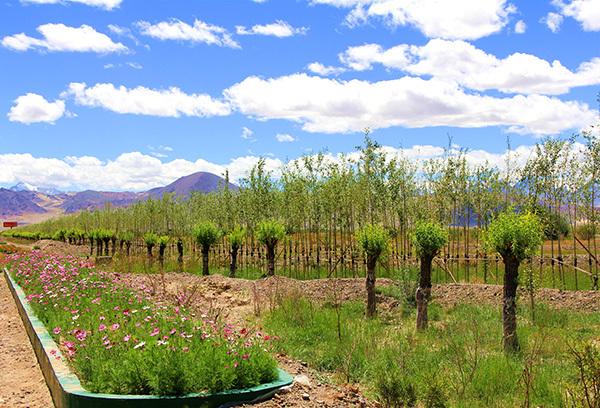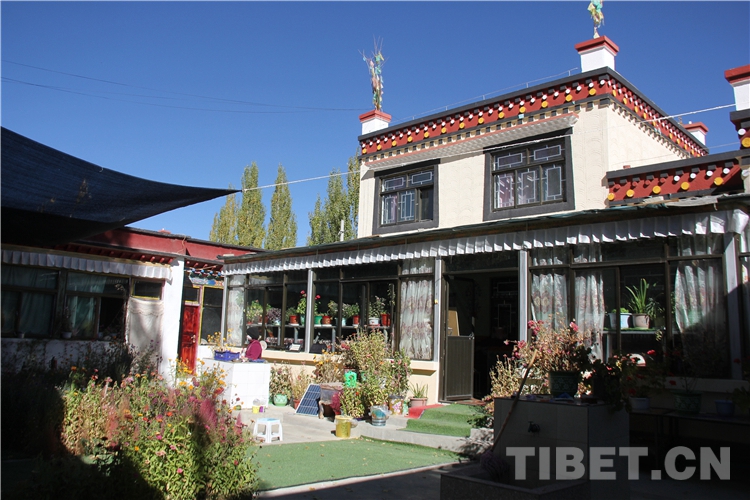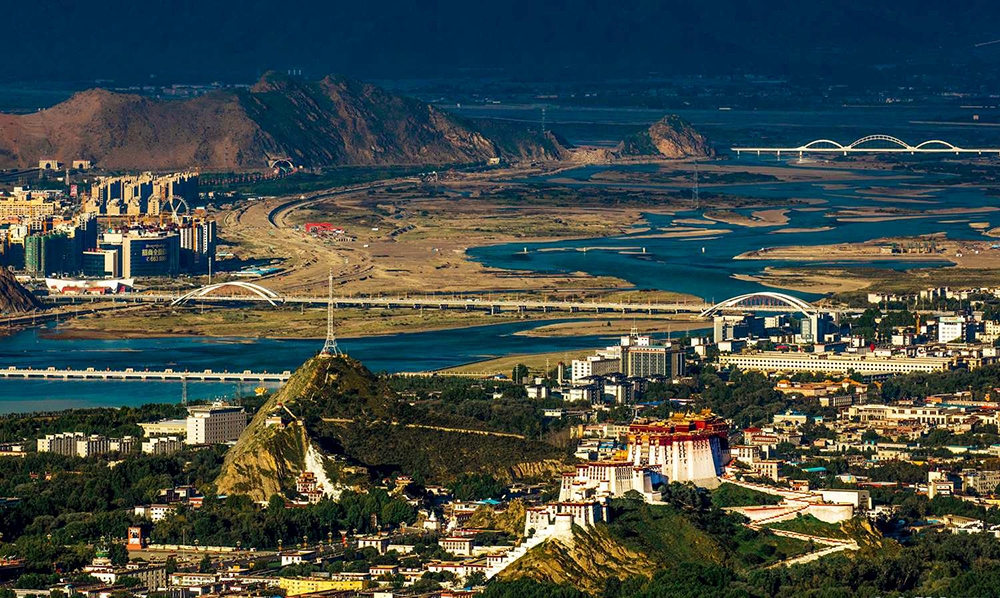The “green miracle” at 4,500 meters above sea level.

“In the past, it didn’t matter to me whether there were trees or not, but now I am very happy to see the trees planted in my own home and village thriving,” said Jinzhu Dekyi, a villager in Zarang Village, Zanda County, Ngari Prefecture. Now that the villagers know greenery is important, everyone consciously loves and protects nature.

Is it difficult to grow a tree? In the Ngari area, which has an average altitude of more than 4,500 meters, there is a lot of sand and gravel, poor soil quality, it is high and cold and lacks oxygen, and there is little rain. The answer is that it is not only difficult to plant trees, but it is also expensive. Until 2016, there was only a red willow forest on the banks of the Shiquan River in Ngari.
Jamyan, a local cadre who has worked in Ngari for more than 30 years, said that in 2016, Ngari Prefecture proposed large-scale trial planting of trees in the urban area. At that time, he felt that it was “not possible”. Later, Gar County invited well-known forestry experts and technicians across the country to conduct field trips, asked farmers and herdsmen about tree planting experience, and sent local technicians to Qinghai, Gansu, Inner Mongolia, and other regions with similar climates for comprehensive inspections. With various devices, more than 20 kinds of seedlings suitable for planting in high altitude areas, such as the Burr willow and Qinghai poplar, were finally determined.
After years of hard work, nowadays, trees can be seen in Burang County, Gar County, Zanda County, and other places in Ngari Prefecture.
Tibet Stories

Tibetan incense, a popular industry in Nyemo, Tibet
Tibetan incense is a kind of incense with Tibetan characteristics. It is made from more than...

